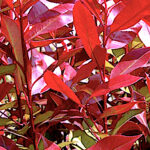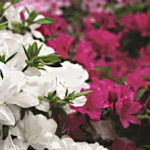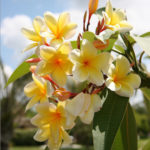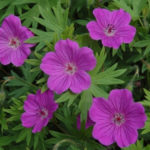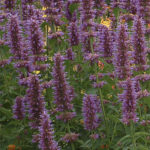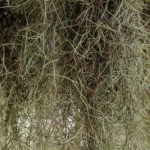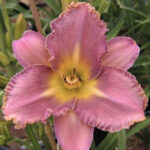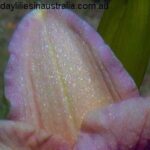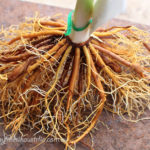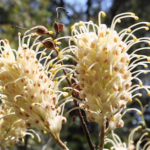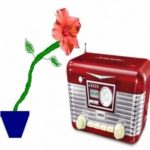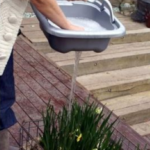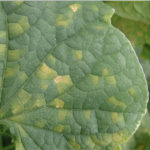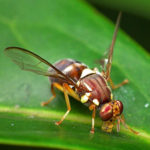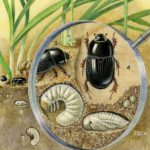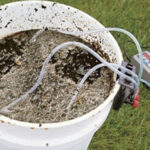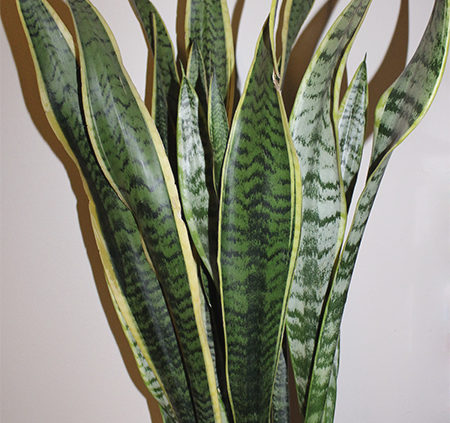
Mother-in-laws Tongue Indoor Care
Snake Plant Sansevieria Trifasciata mother-in-law’s Tongue
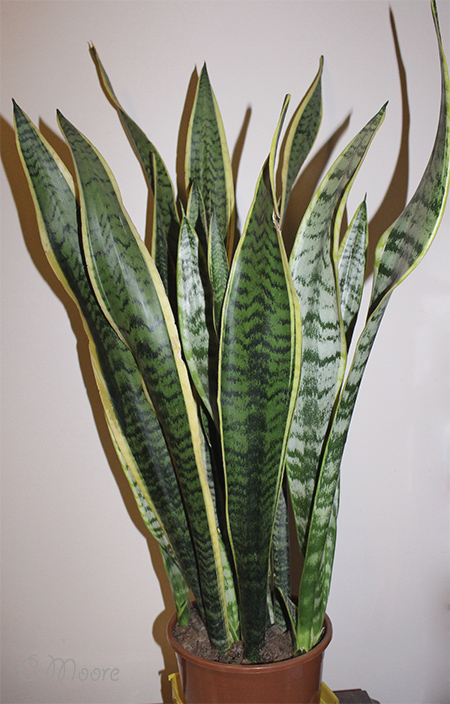 Sansevieria plants are commonly known as the Snake plant or the mother-in-law’s tongue. These plants have originated from tropical Africa, and are more than 250 years old. These are quite popular as decorative plants, they can survive even in unsuitable weather conditions. In fact, even when the plant is neglected, they continue to grow, without any need for attention.
Sansevieria plants are commonly known as the Snake plant or the mother-in-law’s tongue. These plants have originated from tropical Africa, and are more than 250 years old. These are quite popular as decorative plants, they can survive even in unsuitable weather conditions. In fact, even when the plant is neglected, they continue to grow, without any need for attention.
Varieties of Sansevieria
There are two varieties of Sansevieria. These include the tall ones and the squashed-down ones. The squashed-down Sansevieria is also known as the birds nest type, and have a dense insignia of dark green leaves. These have cross-bands of grey and green colour, along with with two or three yellow bands, and several yellow stripes. These types are popular ones for growing indoors. They do not need much light to survive and grow well. Excessive darkness will become a problem after weeks on end. Drawn open curtains in a house through out the day is enough light exposure for the plant to grow.
How Fast Do Snake Plants Grow is it Invasive?
The snake plant does grow slowly, the mother in laws tongue is not invasive and is perfectly well behaved because it isn’t a fast grower. I have this mother-in-law’s tongue growing in my bedroom and it is as huge as it looks.
Some Features of Sansevieria Plants
- These plants are quite compact, and durable, and can be placed anywhere in the house, for decorative purposes.
- The leaves of the plant look like spears that are quite hard and thick. The leaves are very tall and long, some with a slight twist but all accompanied by a glossy texture, making them a very hardy plant. They may get top heavy but would not droop easily, to me mine always look upright and fresh.
- These grow much better in the summer and can be broken down and replanted, for growing newer plants.
- The leaves of the plants can hold lots of water and are therefore known as the heavy plants.
- The blossoms of the plants are usually cream or white, and also green sometimes.
- These plants are also fragrant usually.
How to Care for the Plant?
Water snake plant carefully, and be careful about not overwatering it, especially during the winter, they must dry out completely, in short, this can cause root rot. Be sure to keep the leaves dry in the process. Once in 2 to 3 weeks should be enough. If the plant is root bound the plant will need repotting into a fast draining soil. Choose the next size pot so that the snake plant will be a bit more than a snug fit in its new container. They will want to have the perfect drainage when repotted. Use an open textured cactus succulent potting mix, 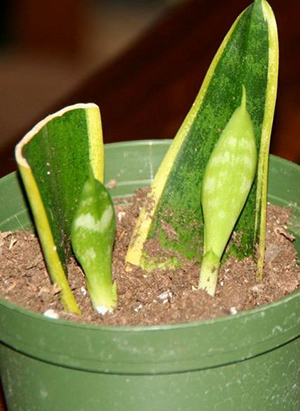 enhanced with coarse river sand and some perlite can be added to boost even faster drainage.
enhanced with coarse river sand and some perlite can be added to boost even faster drainage.
For propagation purposes, the leaves can be cut into lengths of three inches. The lower third of the leaf should be inserted into the damp sand so that the newer plants can grow out of them. I was told a specific way of how to do this years ago by my teacher at Wodonga Tafe, how to keep the variegation on the edge of the snake plant, but I have never found the time to put this to practice. I also do not see what I know written on the internet anywhere. But I do know if you cut the cuttings and plant them you will lose the variegated edge of the snake plant and they will revert back to solid green. Saying this you can only propagate the cuttings by the roots and this will bring out the true form and colour. It doesn’t work to cut the cuttings and put them in water to strike them either, the variegated types, still will not have the variegated edge when they multiply.
Uses of Sansevieria
- The plant is quite durable and can grow under any circumstance. These can grow in dark and hot rooms, as well, which do not have proper light or low light levels. So, these can be quite useful for the apartments, which have problems with lighting, and space.
- They are compact plants and are quite interesting to look at.
- When these are planted in attractive pots, these plants can enhance the look of the house.
- Some variants of the Sansevieria plant have shorter leaves and can look quite beautiful on the coffee table.
- Snake plants are known to keep the home air clean by filtering and absorbing the harmful toxins, formaldehyde, benzene and carbon monoxide from the air long term, this making them perfect clean air house plants. The peace lily does this too.
The Sansevieria plant is used as the foliage plants and can bloom suddenly if the conditions are favourable. When they are planted on tall stout places, these plants can look very elegant and beautiful.


